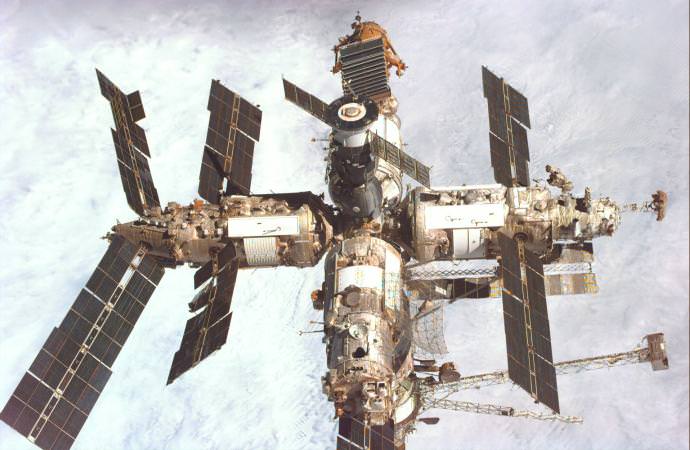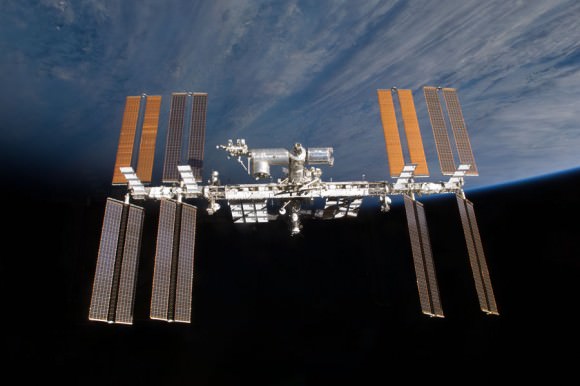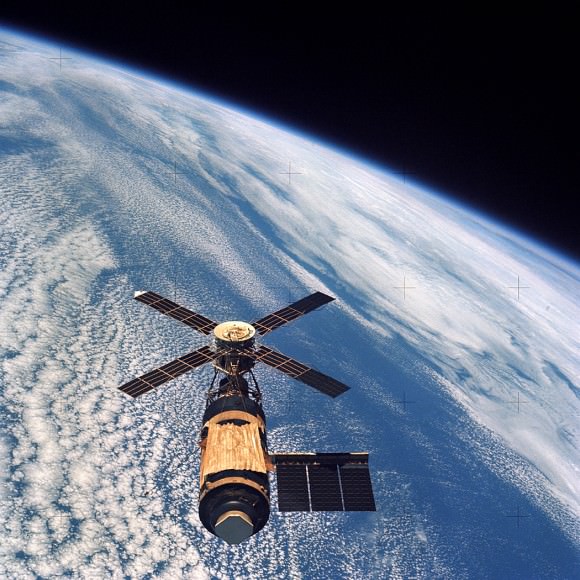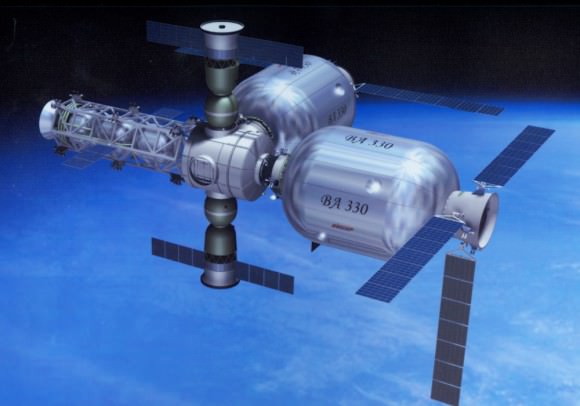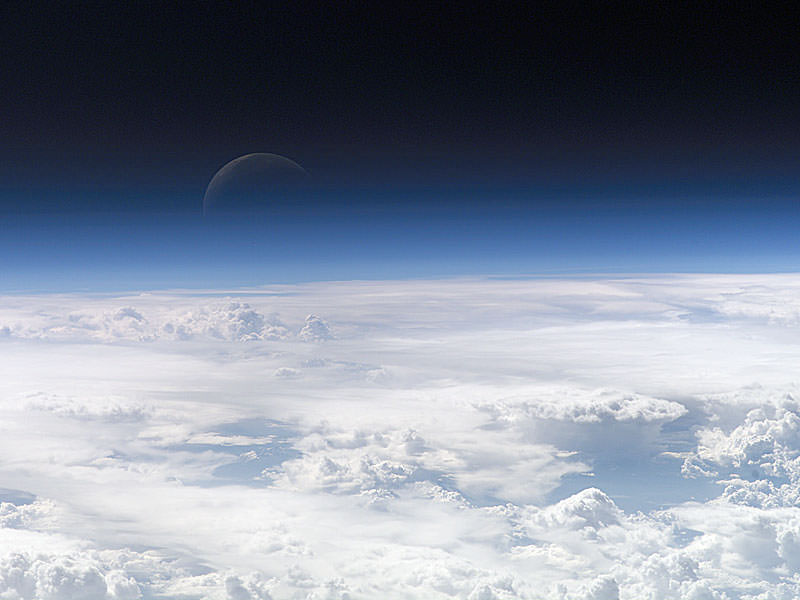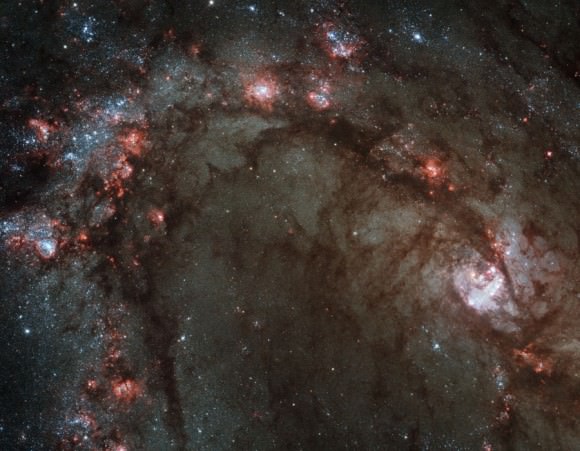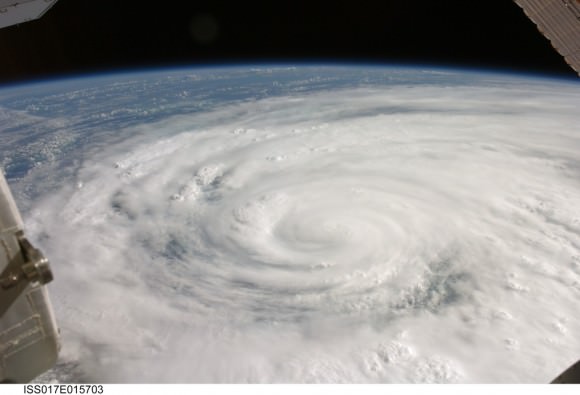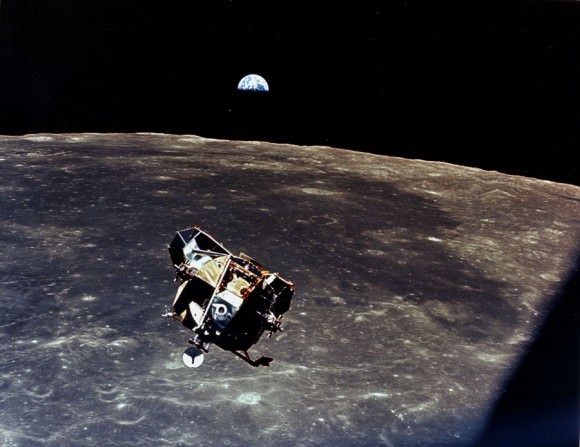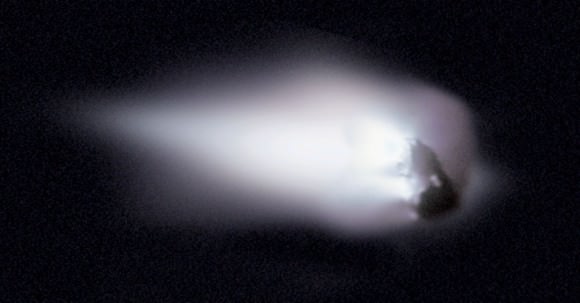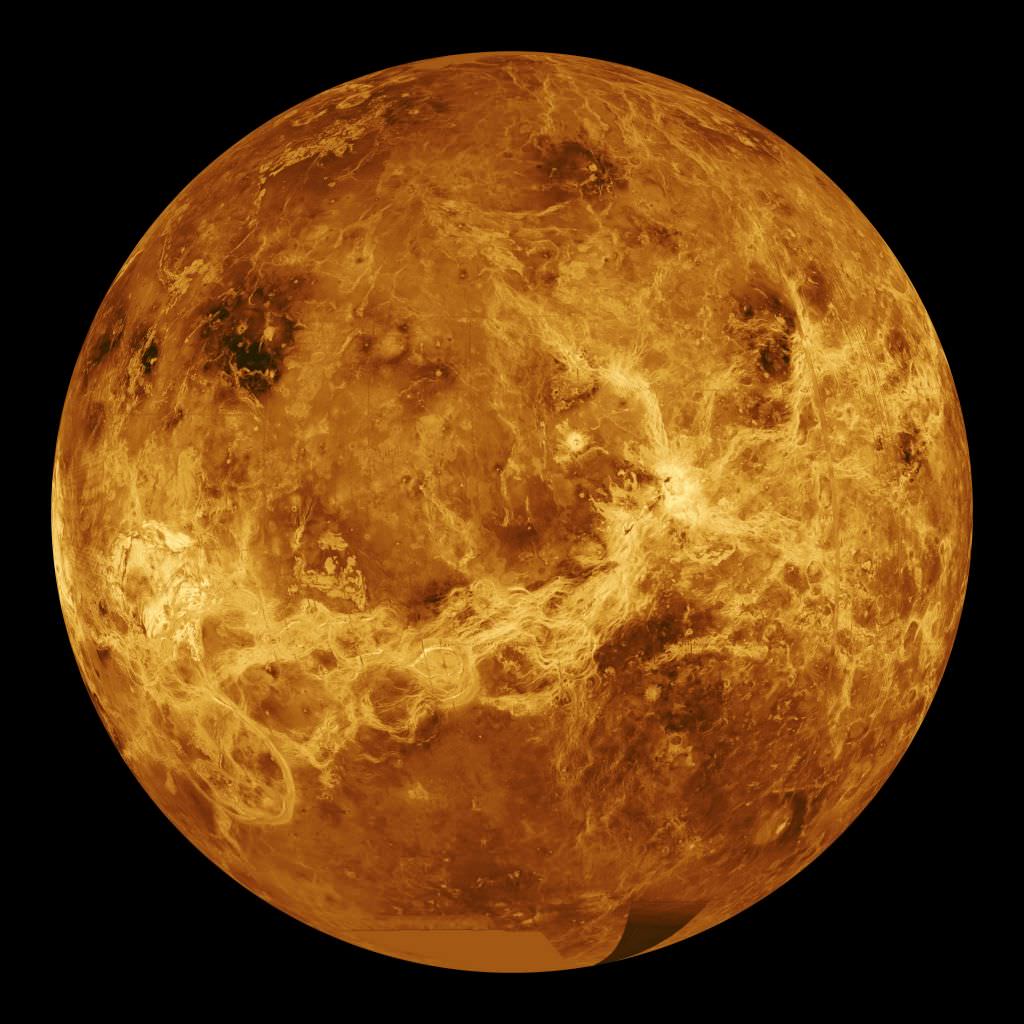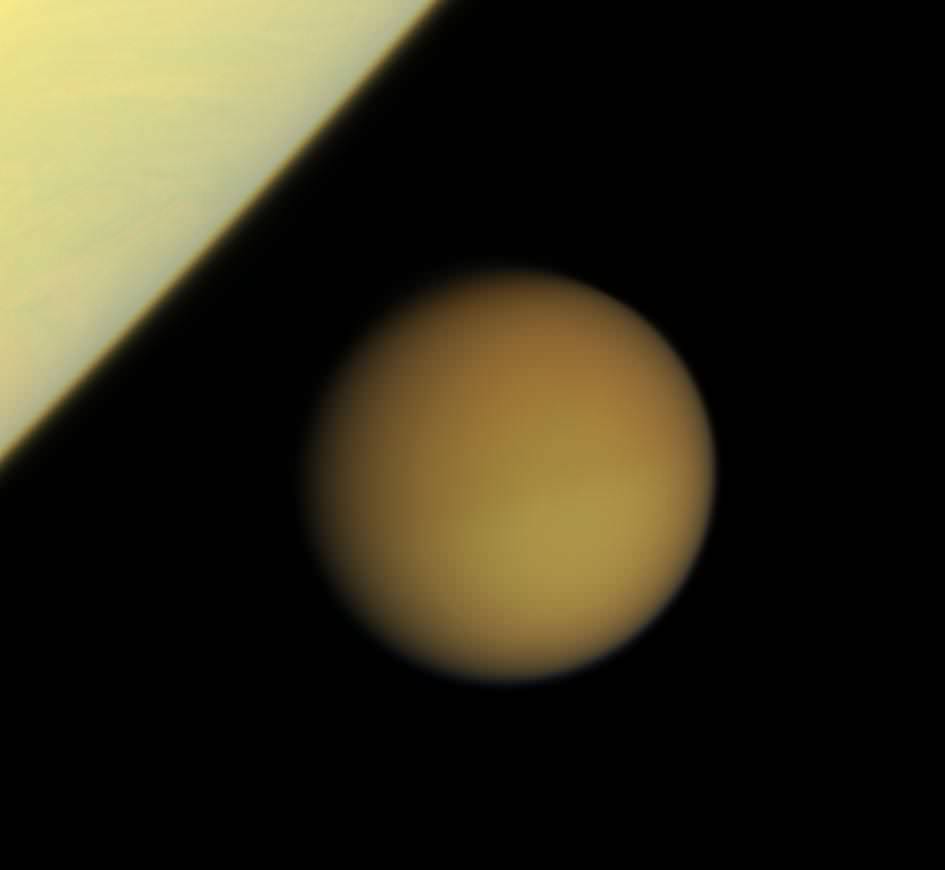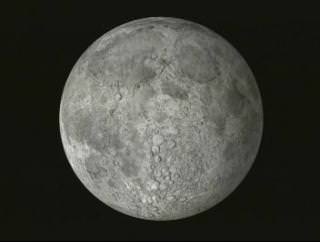Here are some space station pictures. We’ve already done photo galleries of the International Space Station, but let’s take a look at some different stations as well:
This is a picture of the Mir Space Station, launched by Russia. This photograph was taken by the crew of STS-89 on the space shuttle Endeavour.
Here is a recent image of the International Space Station captured by the crew of STS-129. It shows how much of the construction has now been completed.
This is a picture of Skylab, the United States’ first space station. It was in orbit from 1973 to 1979, and was visited by 3 crews of astronauts.
And maybe some day we’ll live in a futuristic space station like this. It’s called a Stanford Torus, and rotates to provide the people living inside an artificial gravity.
This is an artist’s impression of a future space hotel developed by Bigelow Aerospace. The various modules are inflated and connected together. Test versions of the modules have already been sent into orbit.
We’ve written many articles about the International Space Station for Universe Today. Here’s an article about how you can track the International Space Station, and here’s an article about a how a radio operator was able to communicate with the station.
If you’d like more info on the station, check out NASA’s mission page for ISS. And here’s a link to NASA’s human spaceflight page for the station.
We’ve also recorded an episode of Astronomy Cast about the space shuttle. Listen here, Episode 127: The US Space Shuttle.

